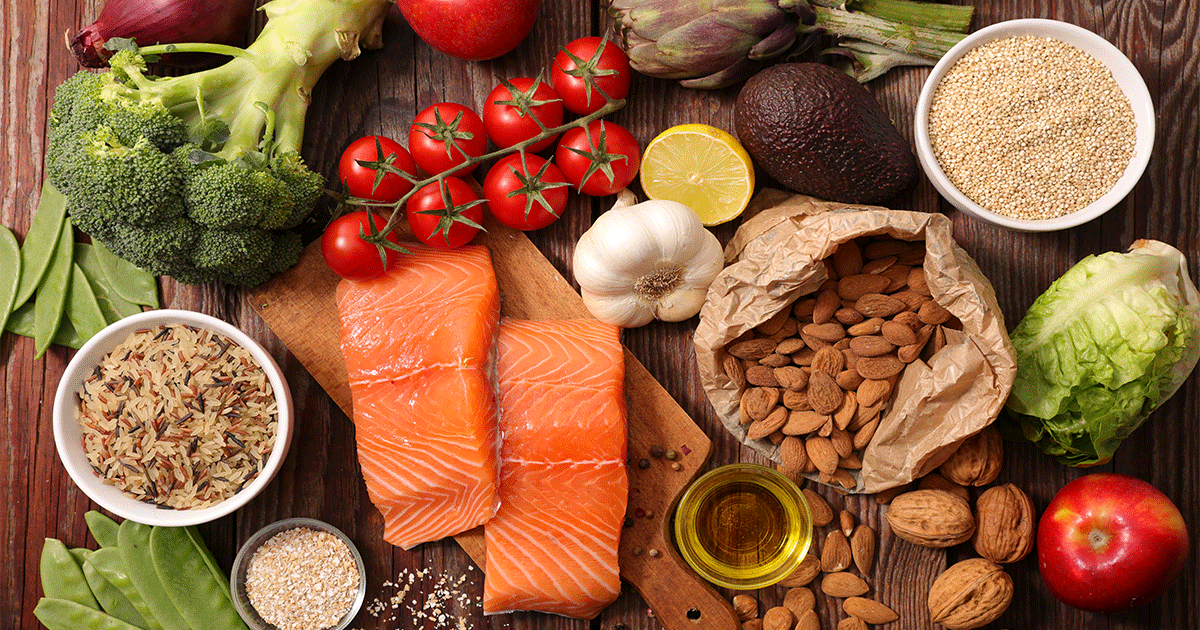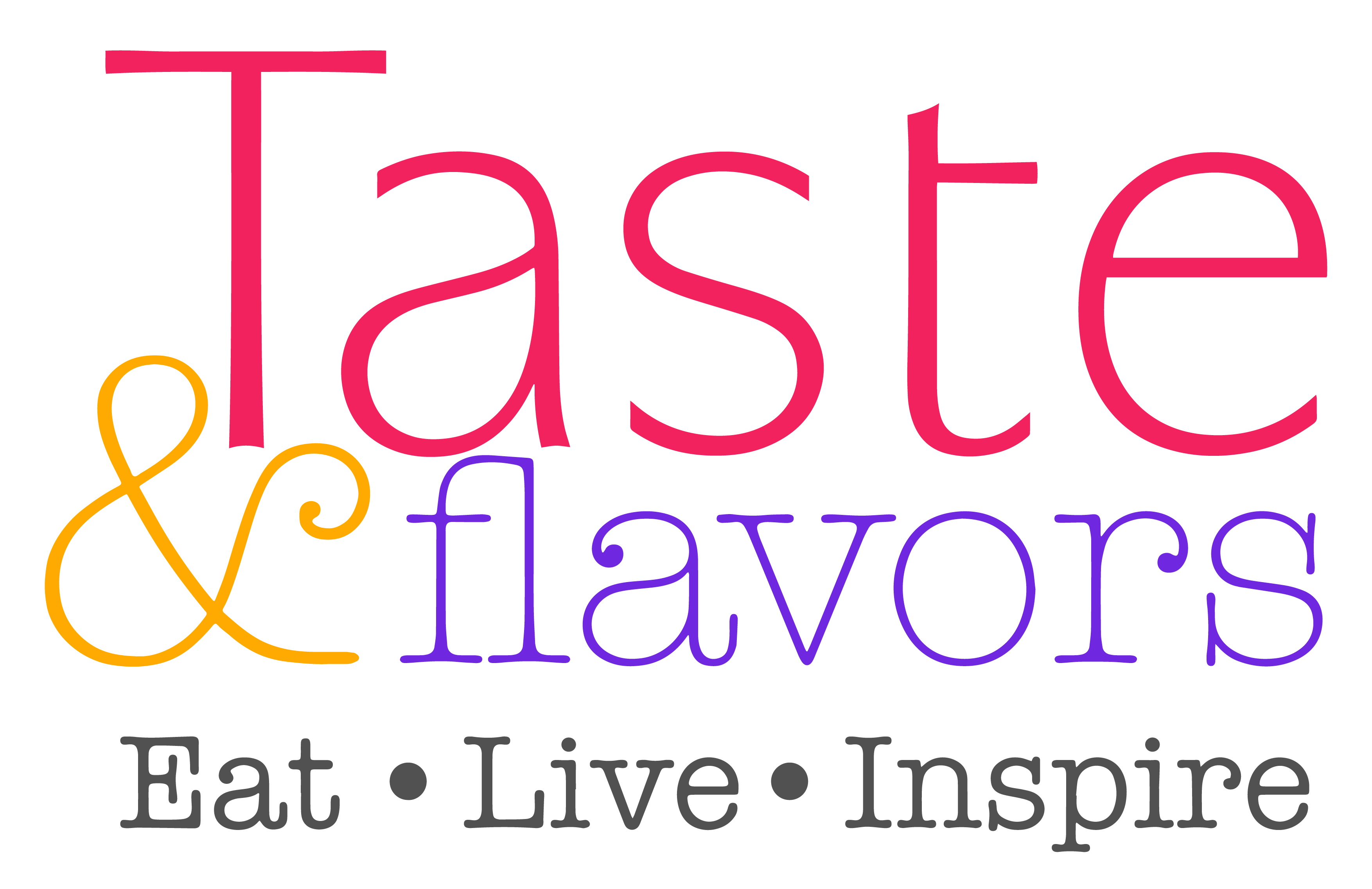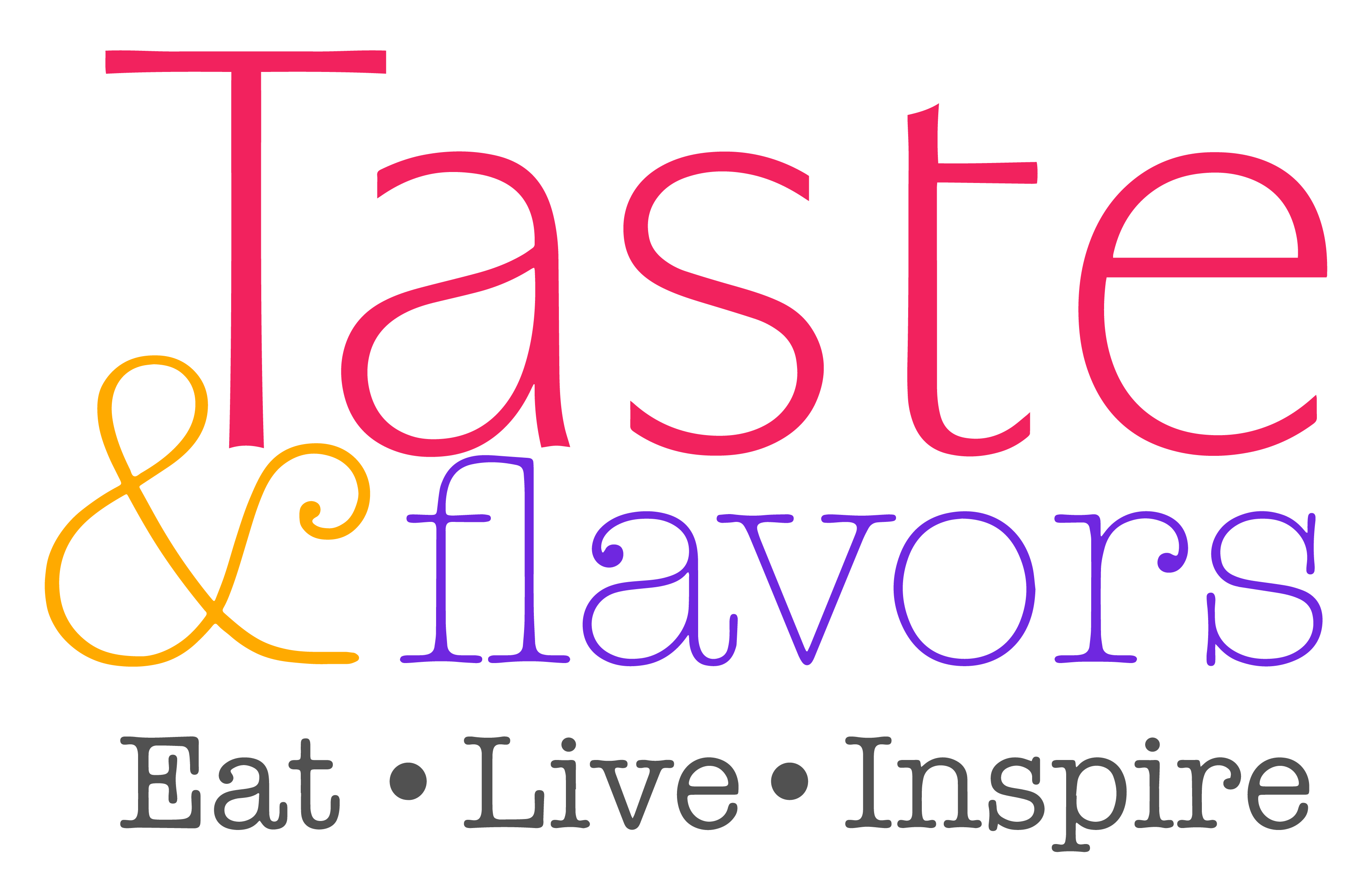10 TIPS TO HEALTHY EATING OVER 50S

As our bodies change with time, what’s on our plate needs to change with it as well. And while we might be able to scarf down a donut or two in our 20s without second thought, it can have a larger impact on our blood sugar levels and risk for diabetes and heart disease when we get older.
Even if your physician hasn’t advised a dietary change, it’s wise to consider adjustments once you reach your 50s.
Here are some healthy tips to follow during this stage of life:
1- MAINTAINING A HEALTHY WEIGHT
Metabolism tends to slow with age, but poor diet and lack of exercise are primary culprits behind weight gain in your 50s. Strive to maintain a healthy weight by staying active and monitoring your diet. Two strategies can counteract a slowing metabolism: increasing muscle mass through exercise and consuming small, frequent meals throughout the day to keep metabolism active. Avoid skipping meals.
2- MAKING SMART FOOD CHOICES
Focus on quality rather than quantity. In your 50s, your body requires fewer calories but more nutrients. Opt for whole, fresh foods such as fruits, vegetables, lean proteins, and whole grains to support optimal health. Incorporate a variety of colorful foods rich in antioxidants, like berries, sweet potatoes, leafy greens, and bell peppers. Limit intake of empty calories from processed foods, sugary drinks, and alcohol.
3- REPLACING REFINED CARBS WITH COMPLEX GRAINS
Swap refined breads and pastas for complex carbohydrates like brown rice, quinoa, buckwheat, and oats. These grains are rich in fiber, promoting heart health and providing sustained energy for the body and brain.
4- INCORPORATING HEALTHY FATS
Reduce intake of saturated fats found in red meat, butter, and fried foods, which can negatively impact heart health and cognitive function. Instead, opt for healthy fats such as omega-3 fatty acids found in fish (especially cold-water varieties like salmon, mackerel, and sardines), as well as walnuts, hemp seeds, chia seeds, and flaxseeds.
5- LIMITING SODIUM INTAKE
High sodium intake can increase the risk of heart disease and hypertension. Minimize sodium by avoiding excessive use of salt during cooking and opting for fresh herbs and spices for flavor. Be cautious of naturally salty foods like processed canned items, ready-made sauces, cheeses, cold cuts, and salty snacks.
6- PRIORITIZING HIGH-PROTEIN FOODS
Ensure adequate protein intake to support muscle strength and repair, which becomes increasingly important in your 50s and beyond. Choose lean protein sources such as fish, seafood, chicken breast, lentils, beans, and nuts.
7- CONSUMING HIGH-CALCIUM FOODS
Maintain bone density and lower the risk of osteoporosis by incorporating calcium-rich foods into your diet. Sources include milk, cheese, Greek yogurt, fortified non-dairy milks, eggs, and leafy greens.
8- OBTAINING SUFFICIENT VITAMIN B-12
As nutrient absorption becomes less efficient with age, ensure an adequate intake of vitamin B-12 for healthy red blood cells and brain function. Sources include eggs, milk, lean meats, fish, and fortified cereals and grains.
9- STAYING HYDRATED
Age-related decreases in thirst perception can increase the risk of dehydration. Stay hydrated by consuming plenty of fluids such as water, teas, and infusions.
10- MAINTAINING PHYSICAL ACTIVITY
Regular exercise, in conjunction with a balanced diet, is essential for optimal health and fitness. Physical activity strengthens bones, helps prevent and manage heart disease and hypertension, and supports weight management.





